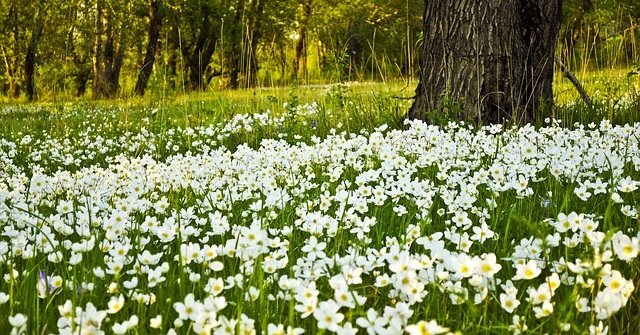
March 29, 2014, by Stephen Mumford
Making Scent
An important part of the everyday aesthetic is the sense of smell. While it often works subconsciously, it can be because of an attractive smell that we feel good. With a bad smell, it’s the opposite. Smell is evocative. It reminds us of people or experiences; conjures images of past times. A friend told me about a women who lost her sense of smell. Arriving home for Christmas was never the same without the pine tree or roasting turkey making its first entry into awareness not through sight but via the nose.
Because the olfactory sense can affect our thoughts and feelings so much, it is maybe a surprise that the arts have neglected to please it. We have music for the ears, painting for the eyes, and cuisine for the tastes, but the pleasing of the nose is regarded as more of a chemical than an artistic endeavour. The perfumier is the closest we have to creativity with smell but these perfumes are manufactured largely for a limited use: to be worn on the body, manipulating the personal attraction that comes through the nose.
The best smells tend not to be found in a bottle, however. Think of freshly baked bread, morning dew, new linen, the person you love, basil, ginger, spring flowers, sea air, a forest, summer rain. Many of these are to be found freely in nature – there for our enjoyment. Perhaps it is best that these remain natural sensory delights rather than processed for some other purpose. One rather suspects that even the arts have no honest business meddling here.
No comments yet, fill out a comment to be the first

Leave a Reply